Ich erkannte, dass es auf X mehr Gefühl des Gewinns oder eine tiefere Kommunikation geben sollte, und Verständnis ist die Grundlage, also schrieb ich meine allgemeinen Erfahrungen im Währungskreis auf, in der Hoffnung, eine bessere Kommunikationserfahrung mit mehr Menschen zu haben.
2011: Wenn ich mich recht erinnere, sah ich das Wort Bitcoin zum ersten Mal 2011 auf dem Moonshine Blog, einem alten Internet-Technologie-Blog. Ich habe nicht tiefer gegraben, es war gleichbedeutend damit, es wegzufegen. Der Markt des Jahres: Bitcoin von 0,3 auf >30 Dollar, darf als erster Bullenmarkt von Bitcoin angesehen werden.
Anfang 2013: Ich sah, wie der Autor am Ende eines Artikels bei 36Kr (das Thema dreht sich nicht um Bitcoin) beiläufig Bitcoin erwähnte, was mein Krypto-Leben wirklich begann. Im März '13 und am Ende des Jahres erlebte ich zwei Wellen relativ großer Märkte, ich investierte 70.000 Yuan davor und nachher, und der niedrigste war nur 10.000 8, aber am Ende des Jahres verdiente ich etwa 10 Millionen auf dem Hoch, ich hatte keine Investitions- oder Spekulationserfahrung vor Bitcoin, und ich habe keine Aktien angefasst, also hatte ich das Gefühl, dass ich vielleicht ein wenig Talent hatte.
2014: Mit der Veröffentlichung der "Notice on Preventing Bitcoin Risks" durch die Zentralbank am 5. Dezember 13 und dem Mtgox-Gewitter begann der Währungskreis einen Bärenzyklus, Bitcoin fiel von 9000 auf 900 Yuan, mein Vertrauen wurde erschüttert, ich habe das Gefühl, dass dieser Markt nur von kurzer Dauer sein könnte, und ich habe kein Talent.
2015: Kochen
2016: Kochen
2017: ICO-verrücktes Jahr, ich fing an, mich über einen Haufen schlechter Projekte lustig zu machen, und bald eroberte mich die Verzehnfachung auf Schritt und Tritt, und ich stürzte mich auch auf ein paar, in 94 in China verbotenen Münzen, ich nutzte die Gelegenheit, 180.000 EOS zu einem niedrigen Preis zu kaufen, und dann ging EOS den ganzen Weg nach oben, ich war voller Zuversicht, bereit, in den Ruhestand zu gehen und das Leben zu genießen, als es 50 Millionen wert war.
2018: Fahren Sie mit dem EOS-Ruhestandstraum fort und machen Sie den EOS-Knoten, im EOS-Highlight-Moment könnte meine EOS 20 Millionen wert sein, ich habe keine verkauft, schließlich gibt es Menschen mit Träumen. Darüber hinaus habe ich auch in etwas Risikokapital im Währungszirkel investiert.
2019: Kochen
2020: 312 kaufte all das arme überschüssige Geld in ATOM, die Kosten von mehr als 1 Dollar, der Kryptowährungskreis hat großes Glück, den Defi-summer.At Ende August einzuläuten, ich verkaufte ATOM, stürzte mich in Sushi und machte schließlich eine weitere Wende, zu diesem Zeitpunkt sollten Sie mich nicht fragen, wo EOS geblieben ist.
2021: Durch den Wahnsinn von GameStop und DogeCoin hatte ich das starke Gefühl, dass es eine große Chance für Memes geben könnte, und ich hatte das große Glück, es zum ersten Mal zu sehen, als Musk ShibaInu zum ersten Mal erwähnte, und nach nächtlicher Recherche kaufte ich die Top-10-Beteiligungen und kaufte 2.300 Leash für 50.000 RMB. Ich begann mit der Beratung und dem Betrieb der chinesischen Shib-Community, aber der Preis von Shiba fiel im März bis zur Hüfte, und ich fragte mich fast, ob ich mich wieder geirrt hatte. Glücklicherweise begann der Markt Anfang April mit Fomo, und erst als Binance im Mai an die Börse ging, geschah ein Wunder, und ich erntete ein Wunder. Eine andere Sache, über die man sich freuen kann, ist, dass viele Menschen früh eingestiegen sind und durch meinen Shib finanzielle Freiheit im Leben erreicht haben.
2022: Kochen
2023: Kochen...
Zusammenfassung: Blockchain wird eine bessere Welt schaffen, was eine langfristige Unterstützung ist, und Sie können mit Liebe weiter gehen. Es gibt Wunder im Münzkreis, aber sie müssen auch sein Chaos ertragen, sie sind Zwillinge. Wenn ein Risiko besteht, bin ich bereit, es frühzeitig zu versuchen und die Schmerzen zu ertragen. Ich habe einen guten Scharfsinn und ein gutes Trendurteil für einzelne Münzen während des Bullenmarktes im Währungskreis, und ich werde schmerzhaft nachdenken und über einige große Wahrheiten sprechen, die im Bärenmarkt möglicherweise nicht nützlich sind, daher sollte jeder auf das Screening achten. Viel Glück an alle, NFA/DYOR
Original anzeigen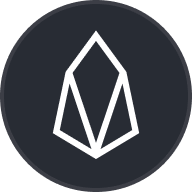











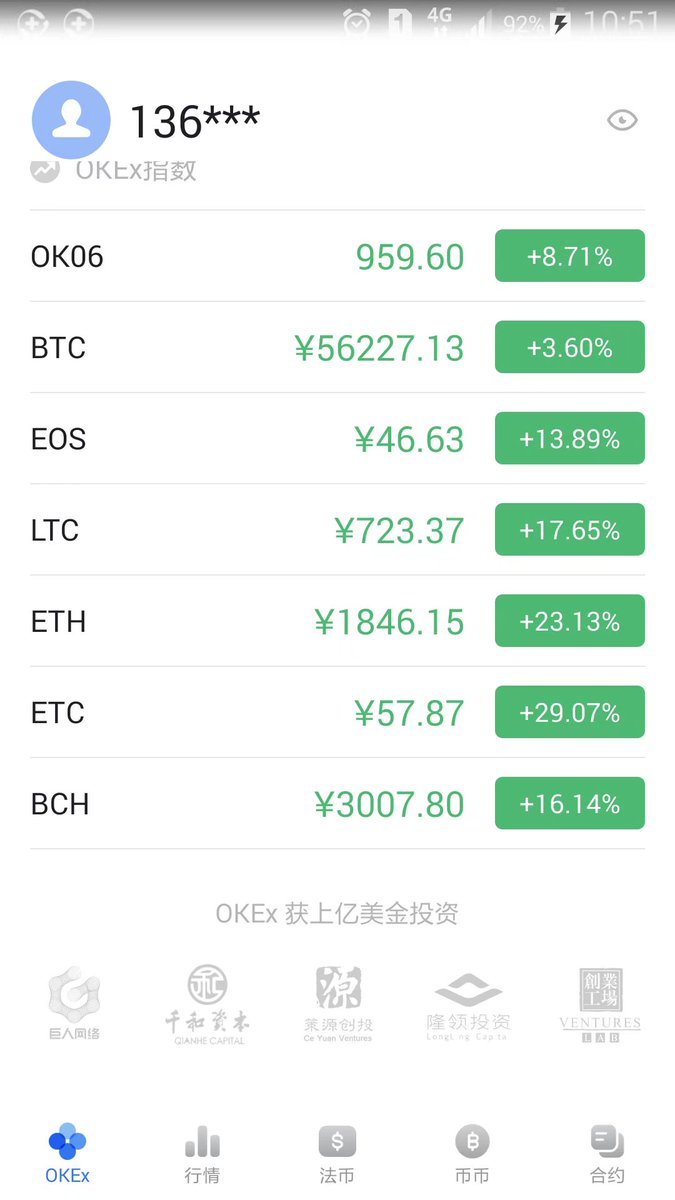
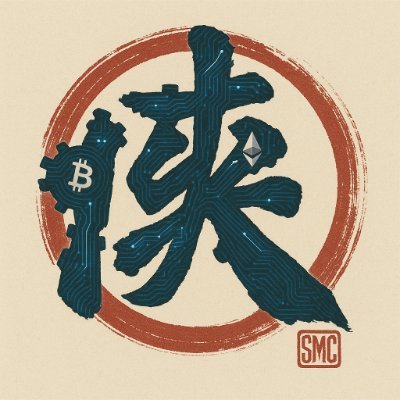
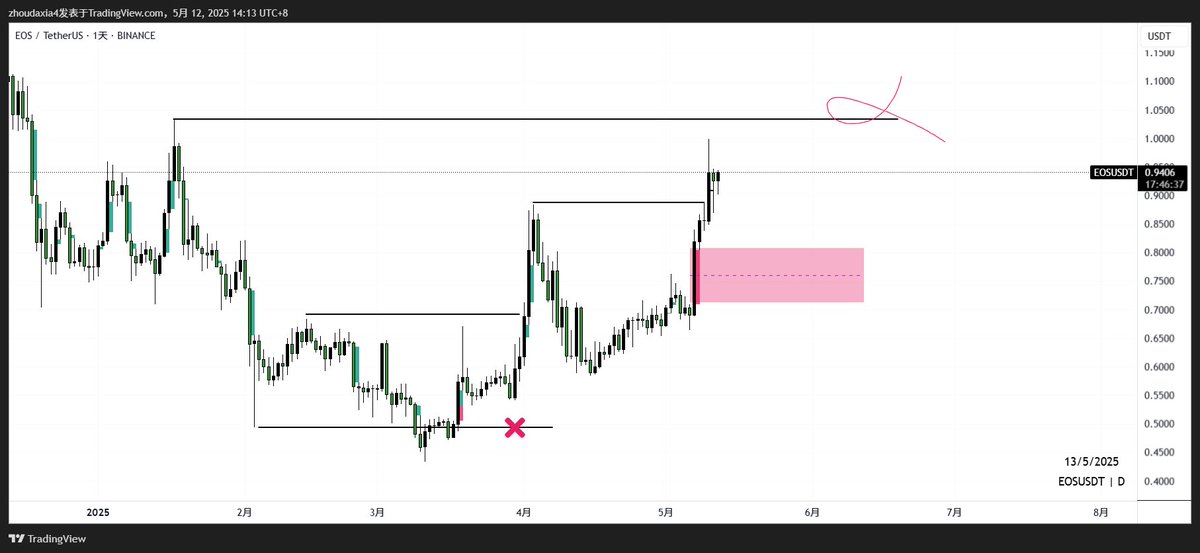



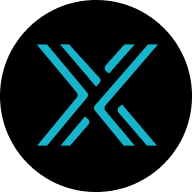









Soziales